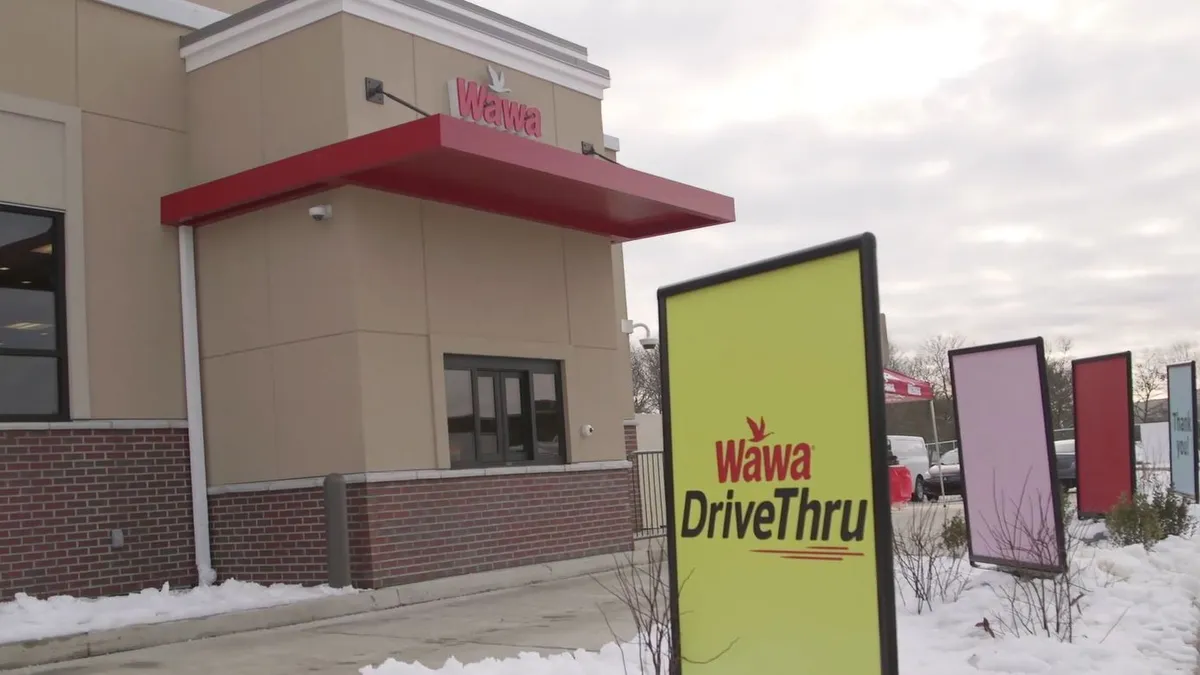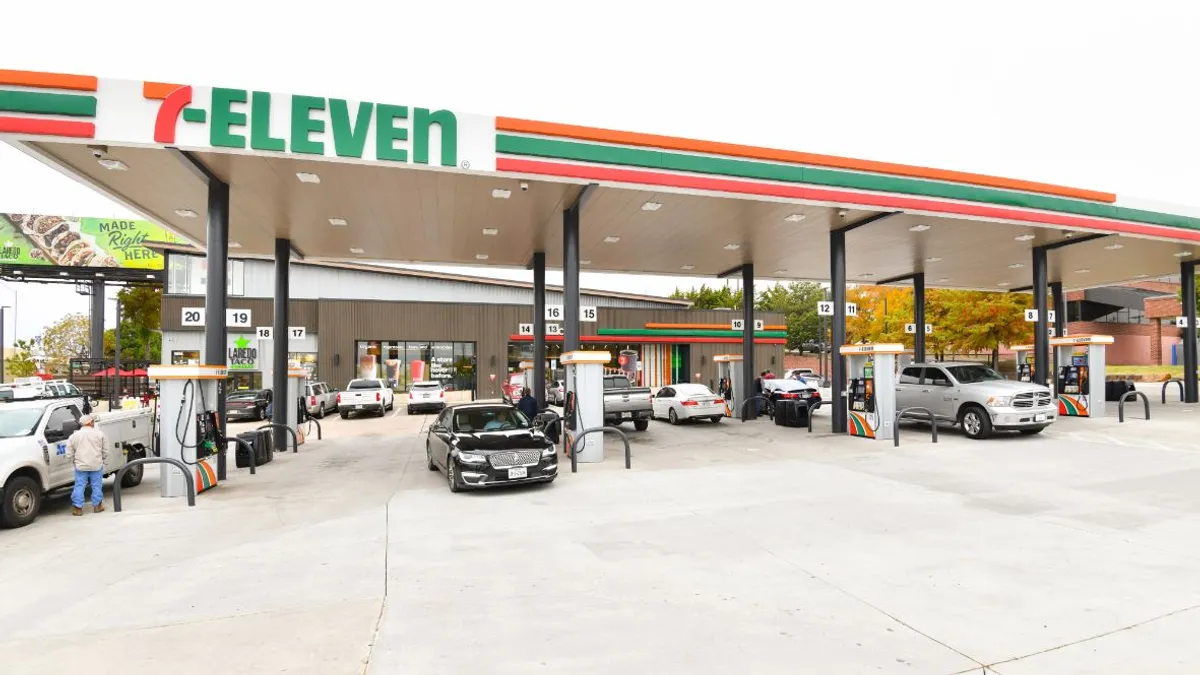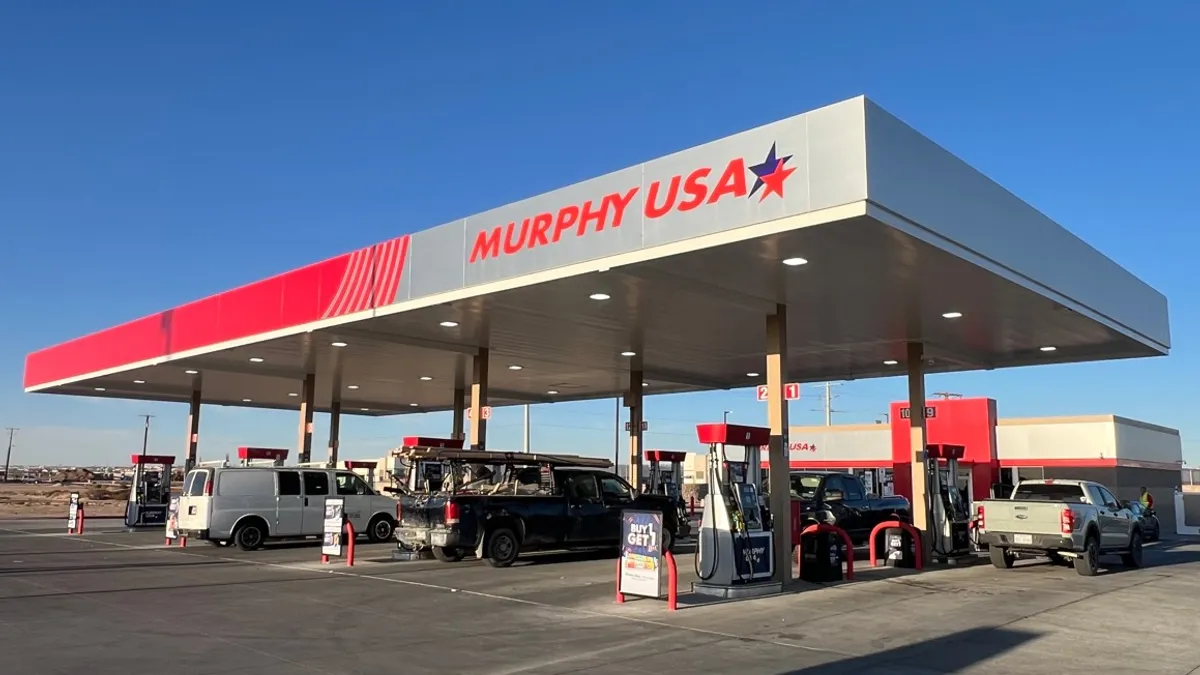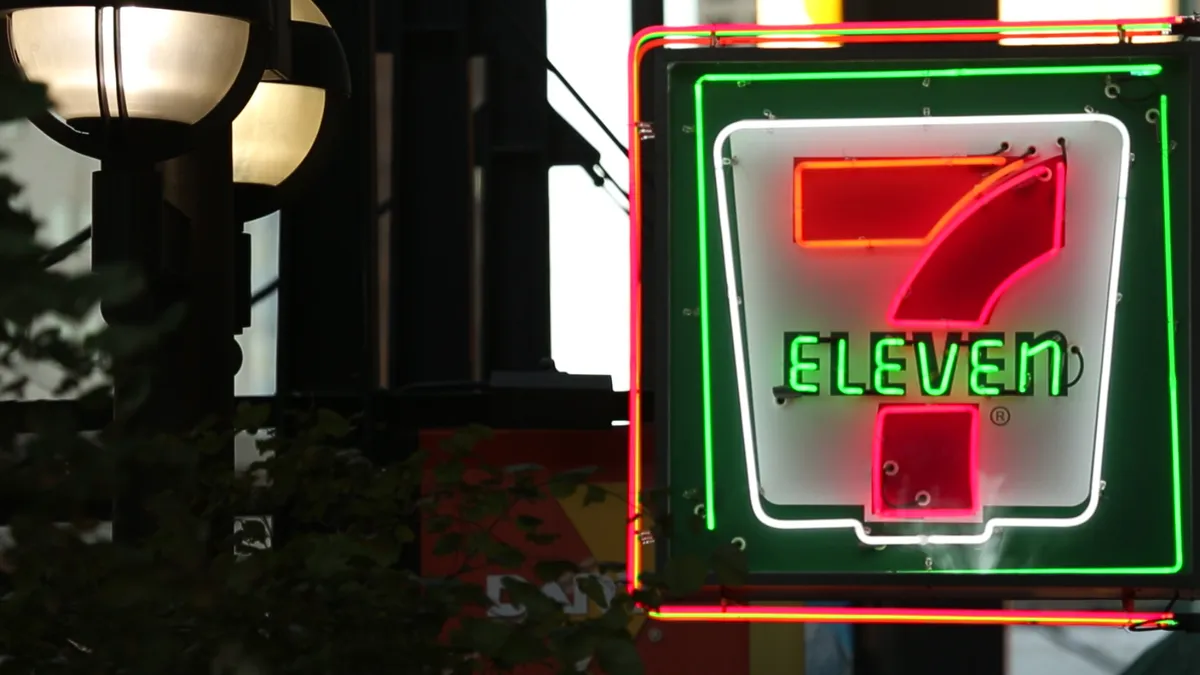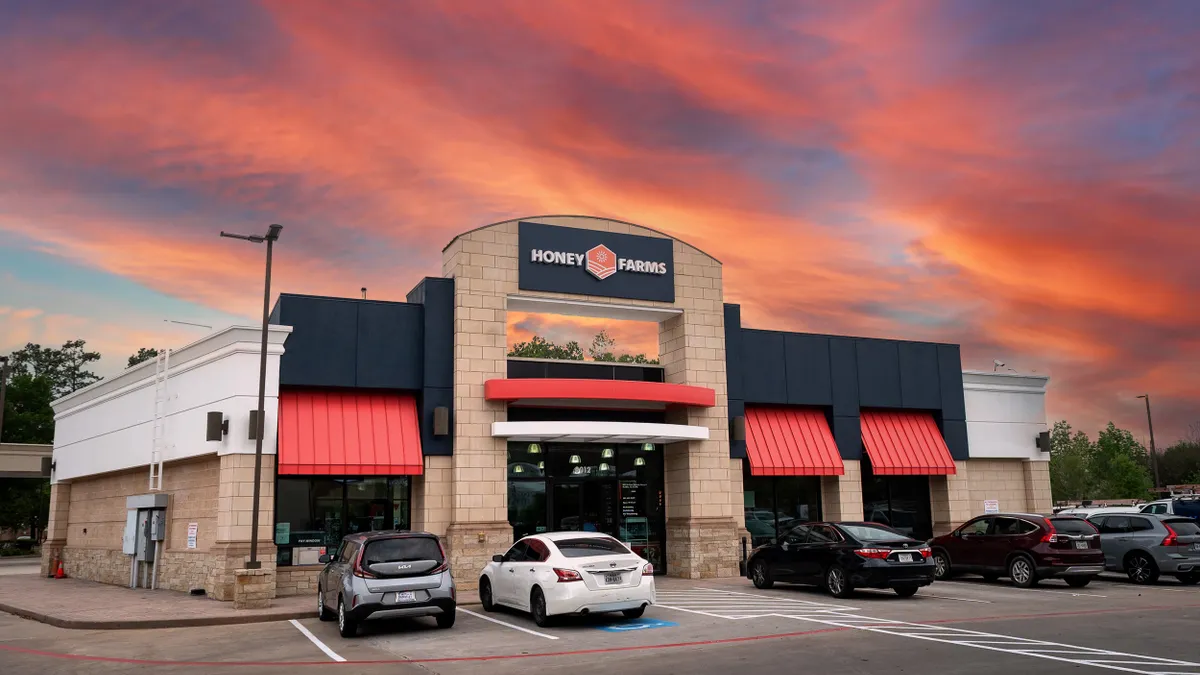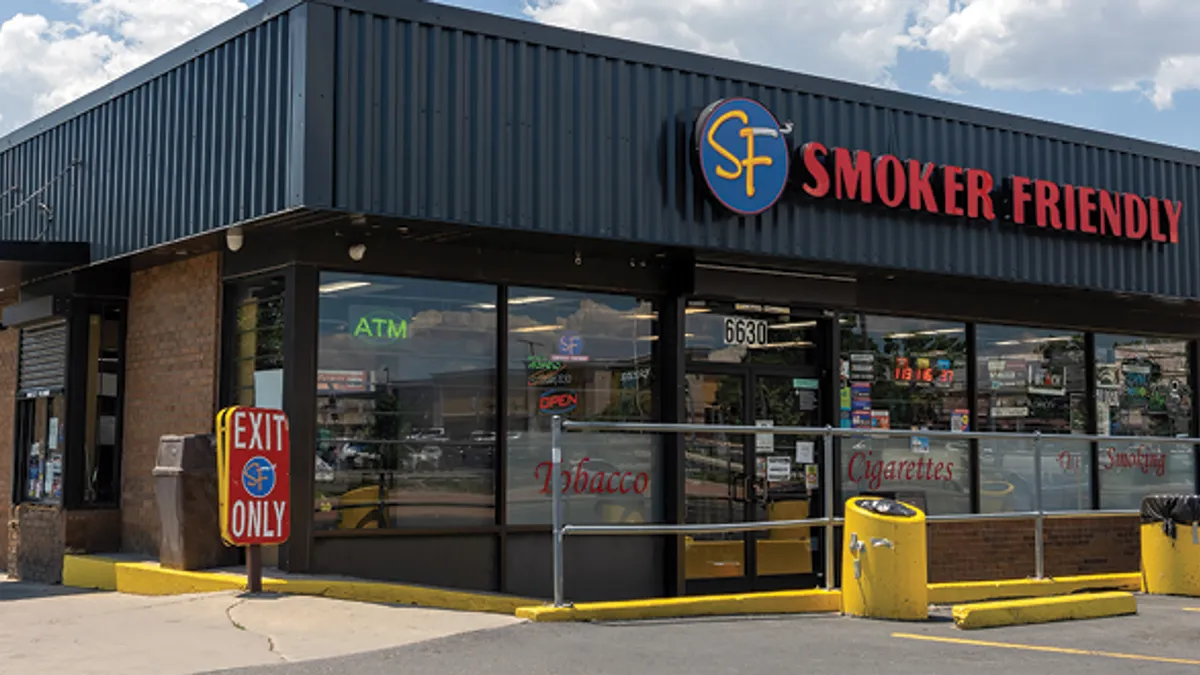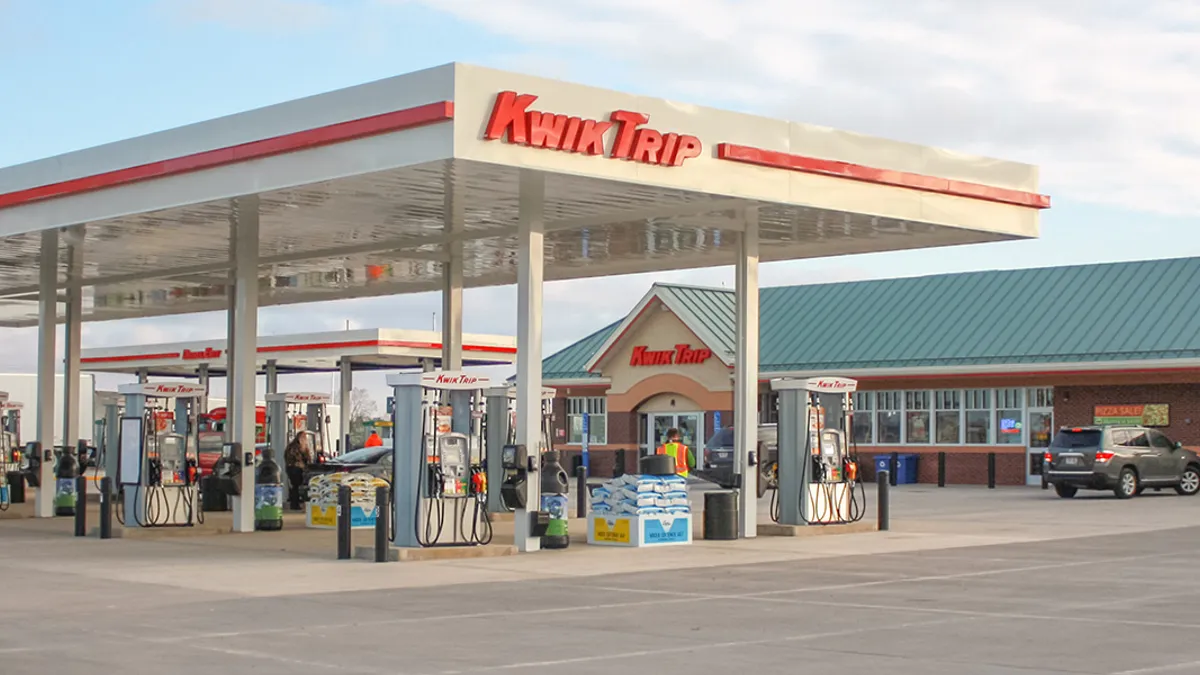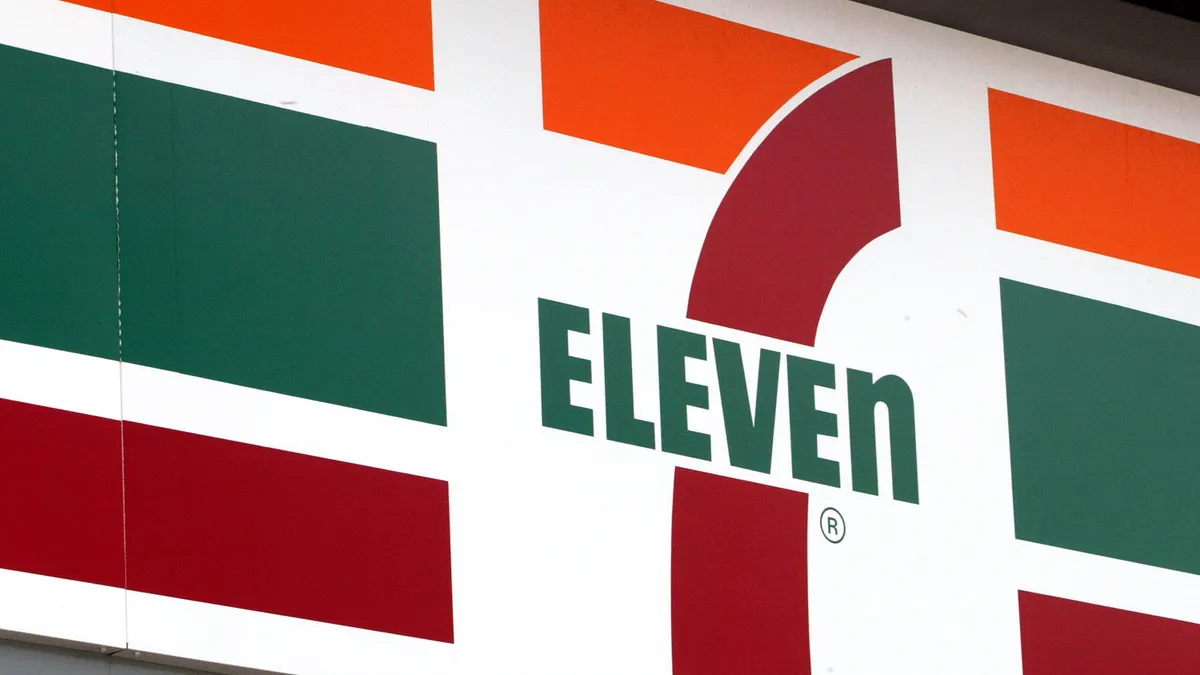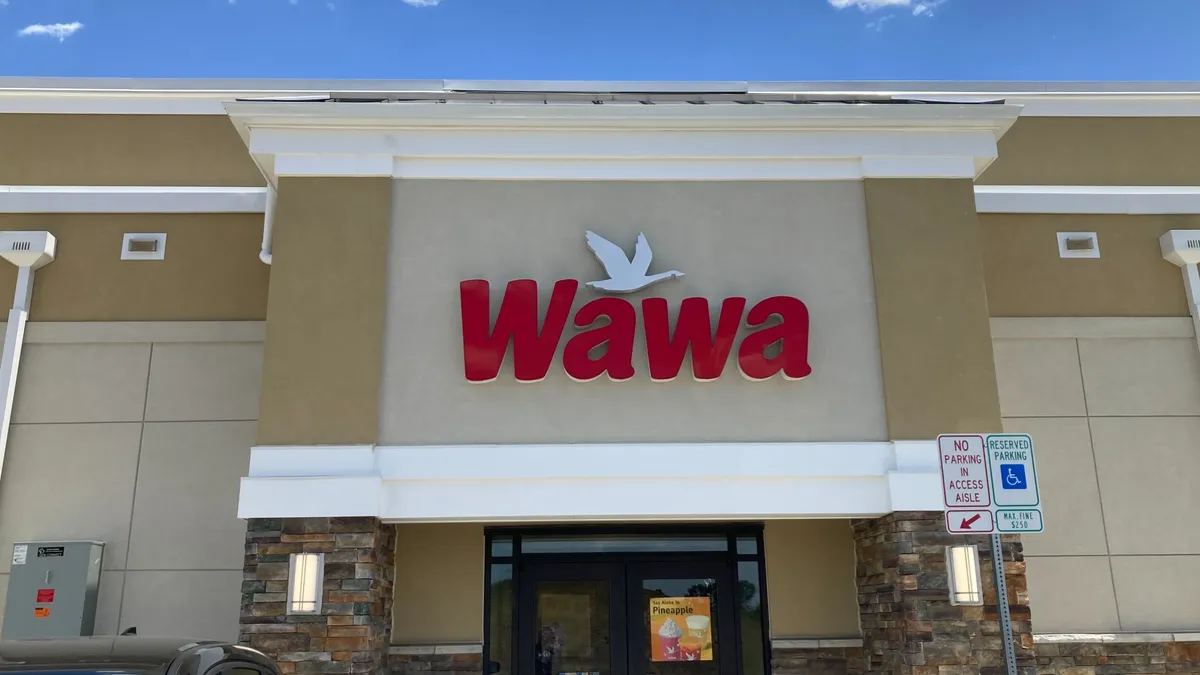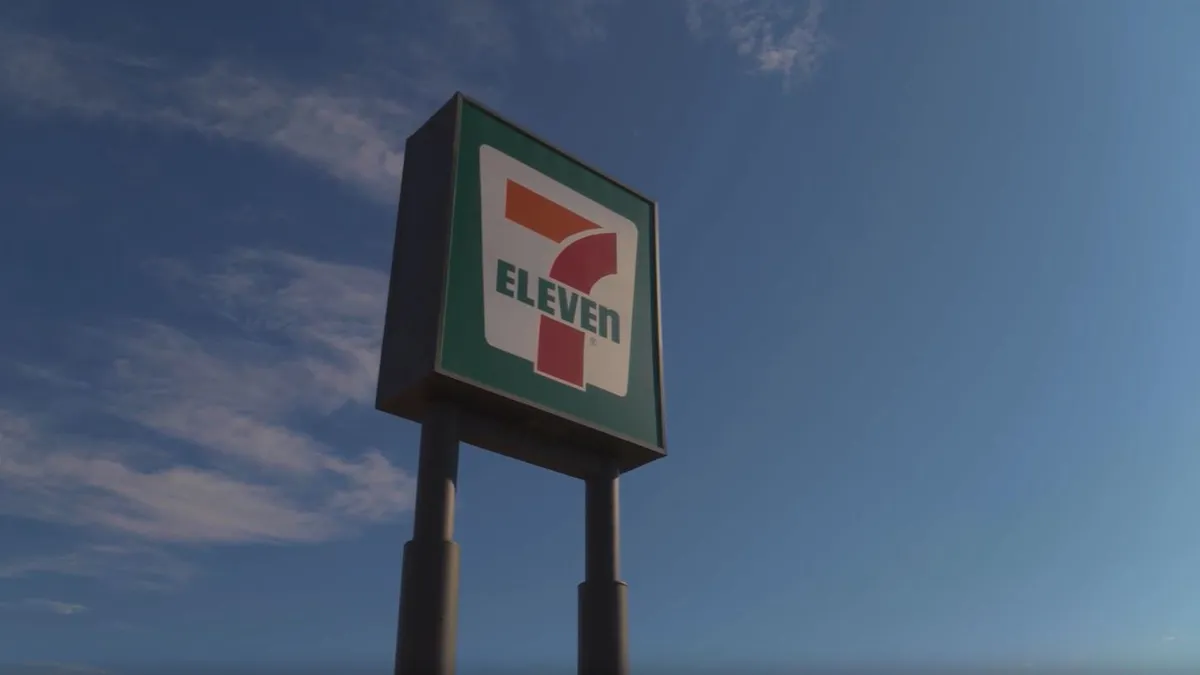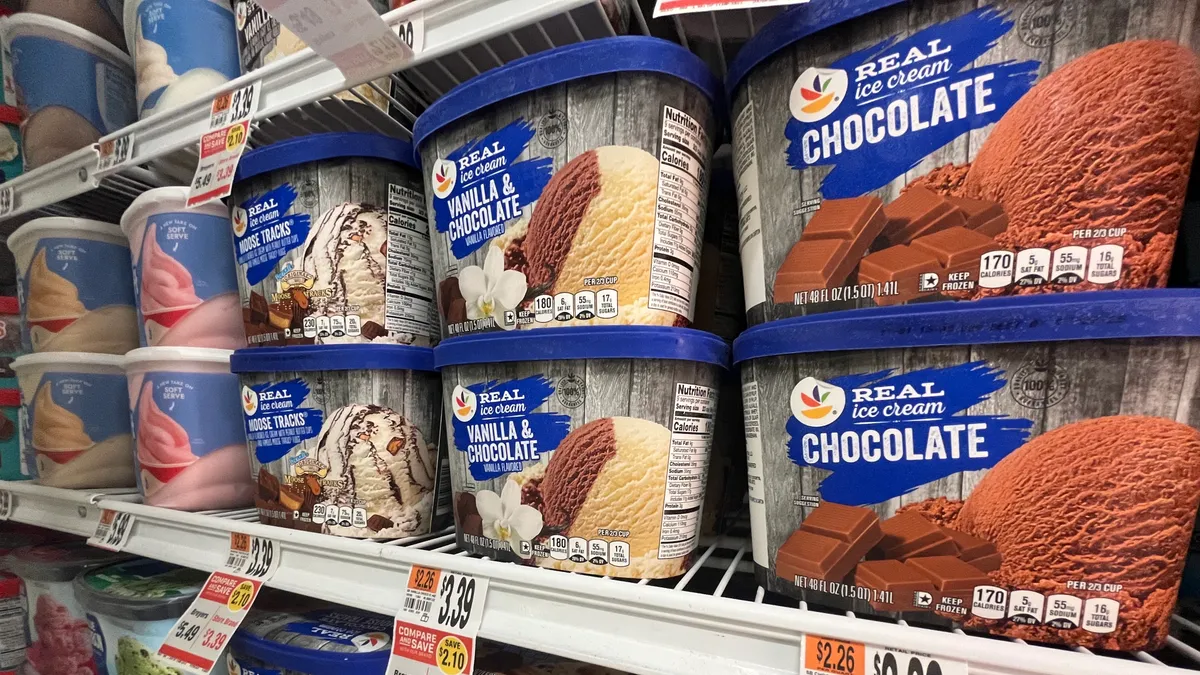Back to Basics is a monthly series that outlines how c-store operators can get valuable new services up and running.
Although still uncommon for convenience stores, drive-thrus have begun emerging around the industry over the past few years as c-store retailers emphasize food over fuel to compete with QSRs.
Wawa opened its first drive-thru in 2021 in New Jersey, and has since expanded the concept to other parts of the country. 7-Eleven entered the drive-thru space in 2021 at one of its Laredo Taco Company restaurants, while GetGo Cafe + Market recently opened its first new-build c-store with a drive-thru lane. Even smaller retailers like two-store chain FavTrip and single-store operator Pit Stop Market have opened drive-thru lanes.
But c-store retailers can’t just build a drive-thru and call it a day. Installing drive-thrus takes time, preparation and patience, Margaret Sotrop, vice president of design services for c-store solutions firm GSP Retail, said in an interview.
“Be very flexible, and be very open to possibly rethinking the experience early on, so that you're making sure this is supporting your brand,” Sotrop said. “You don't want a bad experience to happen in the drive-thru that eliminates future visits.”
Here are some steps for developing a drive-thru at a convenience store, from outlining the overall strategy to ensuring it pops moving forward.
Define your business strategy
Before anything else, retailers must first consider if a drive-thru aligns with their overall business strategy, Sotrop said.
For most traditional c-store retailers, fuel is the core traffic driver. But with a drive-thru, the main draw has to be food. Sotrop said that means retailers who want one must move from a “fuel-first” to “food-first” business mentality.
“[Fuel-first] is how the customer knows that experience,” she said. “So now you've asked the customer to then take on an additional experience, besides just the fuel.”
The actual process of building the drive-thru itself varies based on if the c-store is a legacy — also known as a remodel — or new-to-industry (NTI) location, Sotrop said.
“A wait in the drive-thru is not an option and could discourage future purchases. Fast, easy and convenient is key.”

Margaret Sotrop
vice president of design services for GSP Retail
With NTIs, a drive-thru can be incorporated into the design and business strategy from day one, she said. However, with legacy locations, retailers must consider the existing store footprint, the kitchen arrangement, traffic flow and other fixed elements of the site.
“If you're going to approach it from legacy, you have to think about the space that you have inside the store, exterior space, parking and all the permitting that has to go along with that,” she said. “Then you have to work with a digital resource that can make sure that menu board is actually tied into the infrastructure of your store.”
Craft the menu and get the staff
Once the business strategy behind a drive-thru is solidified, it’s all about the menu. Although food is the focus, products from all categories throughout the store should be considered for the drive-thru, since c-store retailers are known for items beyond sandwiches and fountain drinks, Sotrop said.
“It should always be that food offer that the customer knows you for ... but then how much more of the store can you offer them?” Sotrop said.
Sotrop noted that “editing” the drive-thru menu — cutting down the options compared to what’s available inside the store — is essential to keep things moving fast.
One c-store retailer that GSP works with is Crosby’s, which operates nearly 90 locations across upstate New York and western Pennsylvania. The retailer is currently developing drive-thru operations, and its menu is heavily trimmed compared to what’s inside the store, only including pizza and a limited-time offering, Sotrop said.
“A wait in the drive-thru is not an option and could discourage future purchases,” she said. “Fast, easy and convenient is key.”
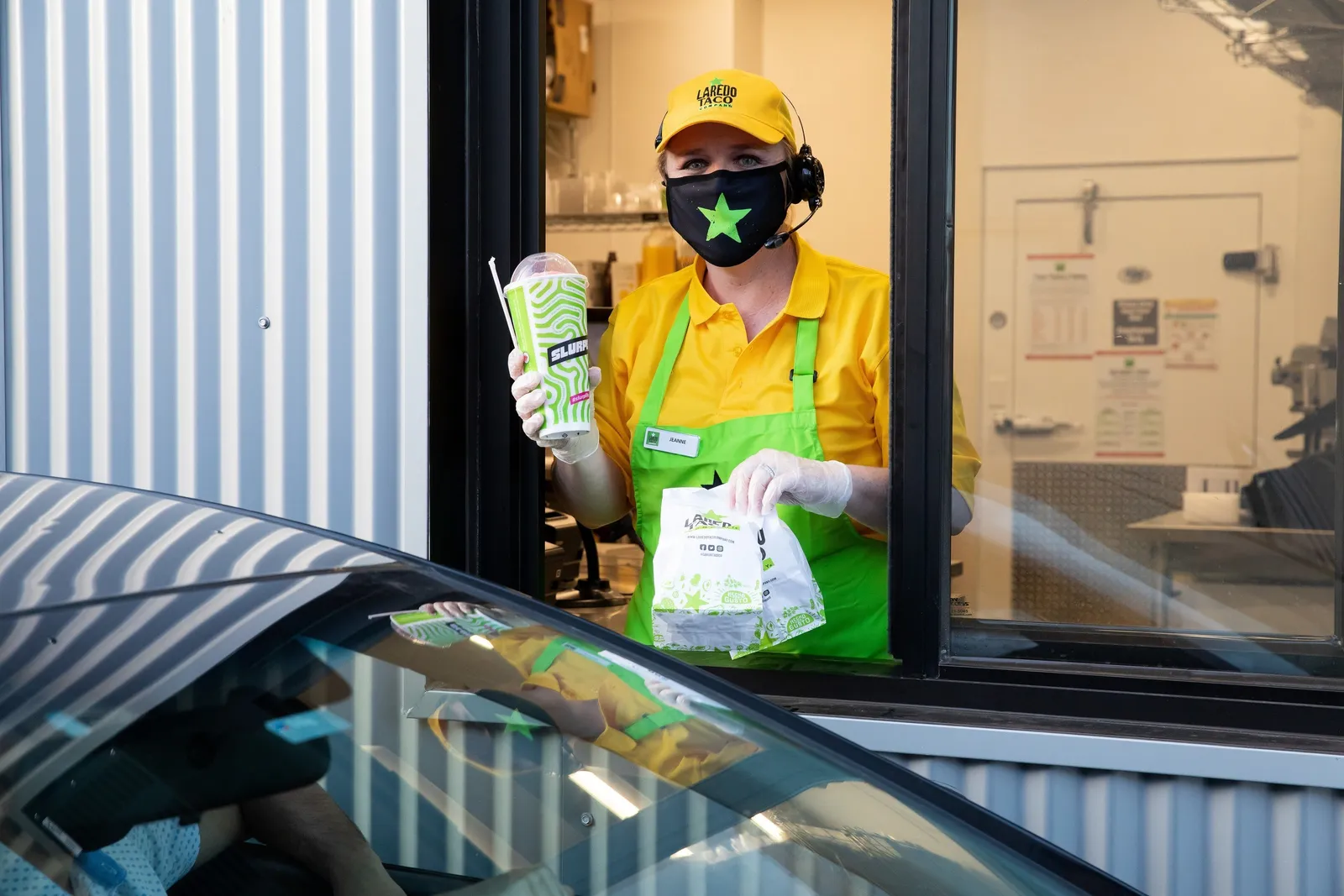
Having staff dedicated to the drive-thru is also crucial to keeping the service running smoothly, Sotrop said. The c-store industry’s current labor struggles place retailers at a disadvantage here, but drive-thrus require undivided attention — meaning staff cannot be running back and forth between it and the register, she noted.
“It really needs a dedicated labor source and an associate that understands drive-thru,” she said. “Not only are they taking that order, gathering it up and packaging it up, but they're making the sales there.”
Promote at the pump
Keeping a drive-thru successfully running for years requires retailers to ensure it’s easy to access, and that it “pops off the lot” Sotrop said.
Achieving the latter means letting customers know about the drive-thru and its offers while they’re filling up on gas, she noted.
“Make sure at the pump, it's very clear you're in the [drive-thru] business,” she said.
Sotrop said that all signage around the pump must support the drive-thru, giving information like how late it’s open and promoting things like new LTOs, discounts and other drive-thru offerings. Additionally, Sotrop suggests retailers create an incentive by showing their fuel receipt at the drive-thru and receiving a discount.
“There's a lot of messaging that you can have at the pump,” she said. “That's when you have a longer timeframe to really explain the offer. That's where you'll see that you've got loyalty.”



